7 Things You Probably Don’t Know About Code Breaker Alan Turing
The Imitation Game movie explored codebreaker Alan Turing’s greatest triumph: his thrilling invention of the WWII Bombe machine which decrypted messages sent by German Enigma cipher machines. While Benedict Cumberbatch’s sympathetic portrayal won praise, there is much more to Turing’s controversial, real-life story.

Turing died in mysterious circumstances in 1954 after pleading guilty to the criminal act of ‘gross indecency’. He admitted an affair with a man and agreed to chemical castration treatment as an alternative to prison.
He was posthumously pardoned for his crime by Queen Elizabeth and, in 2009, the UK government formally apologized for his ‘horrifying’ criminal sentence yet the matter didn’t end there. Britain’s MI6’s chief also apologized in 2021 for the service’s past treatment of the LGBT community.
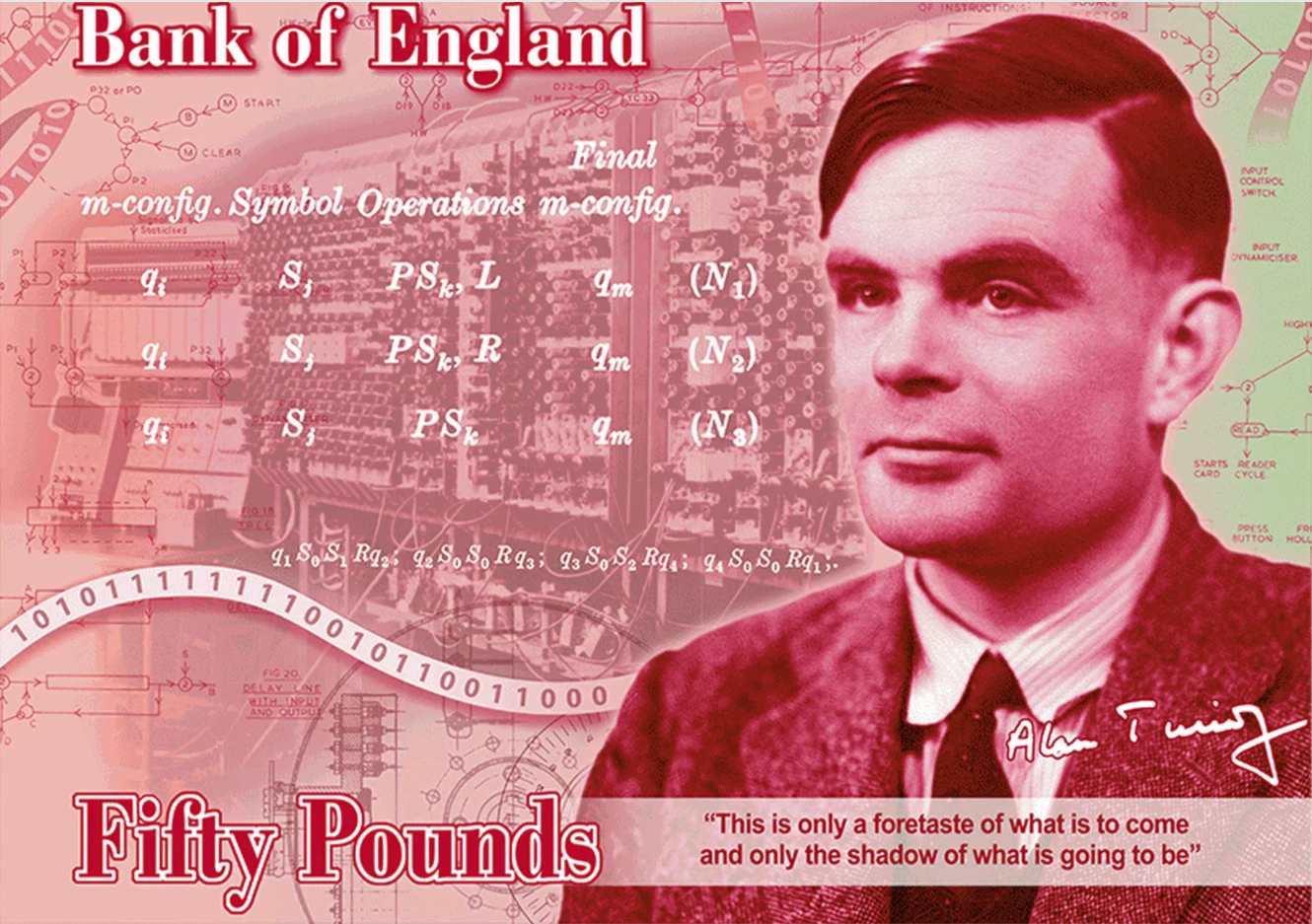
In 2021, Britain redesigned its £50 ($60) note to feature the master cryptologist, once again stirring up intrigue and fascination around Britain’s top code-cracker. The banknote, released with a GCHQ puzzle series, features a ticker tape depicting his birth date of June 23, 1912 in binary code along with Turing’s signature, taken from the visitor’s book at the house of Turing’s mentor, Max Newman.
"The brand new social experience where you activate your gaming skills as you train like a spy."
- TimeOut
Take on thrilling, high-energy espionage challenges across different game zones.

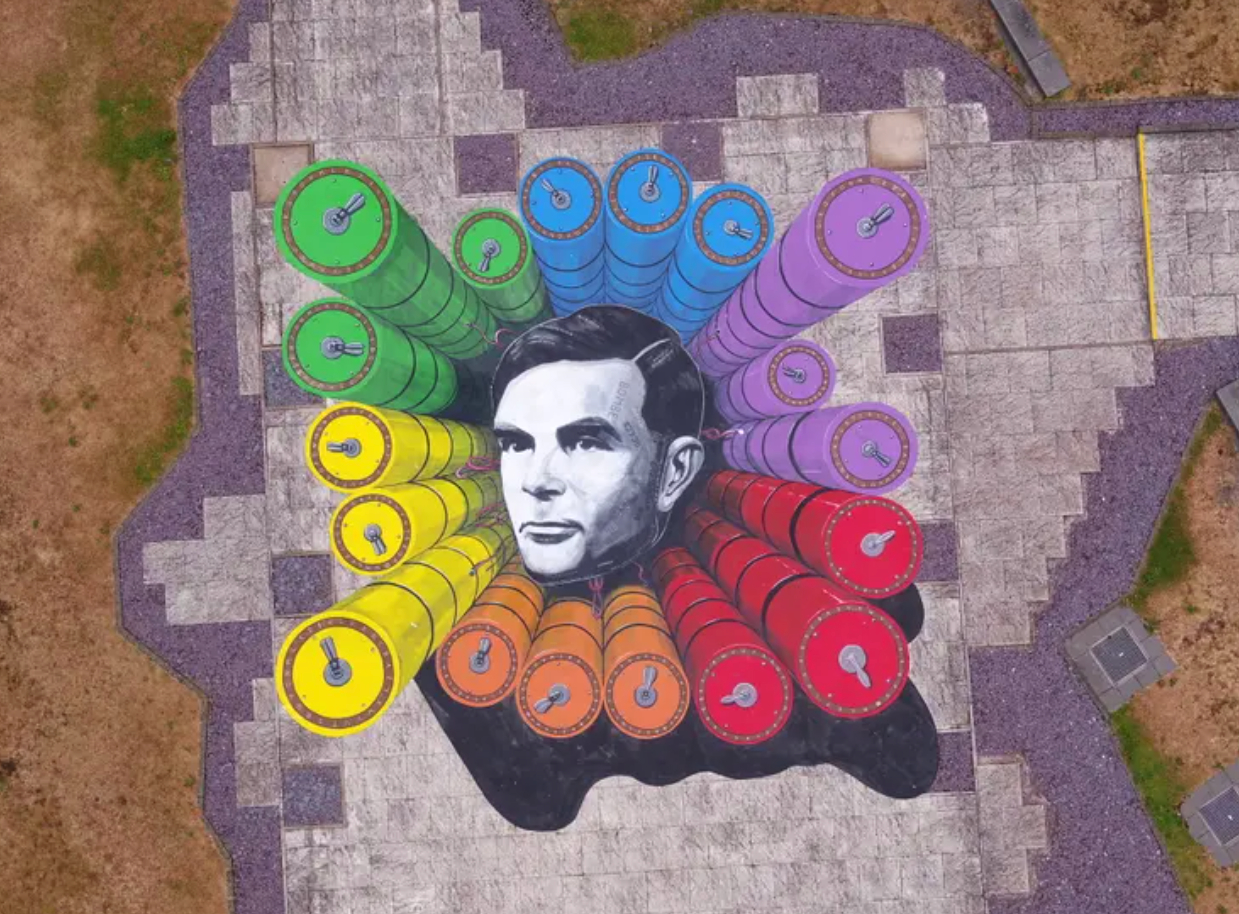
In June 2021, during Pride month, the British codebreakers at GCHQ unveiled a giant work of art to celebrate Turing and used rainbow colors in recognition of the LGBT+ community. According to Director Sir Jeremy Fleming: “He was embraced for his brilliance but persecuted for being gay. Turing’s legacy reminds us every day that diversity is essential and inclusion is mission critical to our organization.”
In honor of the math genius, SPYSCAPE has cobbled together seven Turing secrets you won’t find in The Imitation Game and likely don’t know about Britain’s once condemned codebreaker.
1. Turing's death was mysterious
Turing died in 1954 just weeks before his 42nd birthday. A coroner ruled that he’d committed suicide by biting into an apple laced with cyanide but questions still surround his death. The Turing Guide authors question why the apple wasn’t tested for cyanide. Others note Turing was in a cheerful mood in his final days and left a note on his desk reminding himself of tasks that needed doing. No motive was found. While some point to the side effects of chemical castration, he died a year after the treatment had ended. Turing used cyanide in his home laboratory, leaving open the possibility of an accident or, even, murder.

2. Turing wasn't raised by his parents
Turing’s father worked in the civil service in British India but his parents returned to the UK for their son’s birth in London. They moved back to India when Alan was still a baby, leaving Alan and his elder brother John with foster parents as they wanted the boys raised in England. Alan later attended an English boarding school and, after his parents left India, they moved to France where the boys would visit them on holidays.

3. The math genius wasn't always a good student
Alan lagged behind in some subjects until he came across a book called Reading Without Tears. He then taught himself to read in three weeks. By 1918, when he was learning Latin at St. Michael's Primary School, his headmistress noted: “I have had clever boys and hard-working boys, but Alan is a genius."
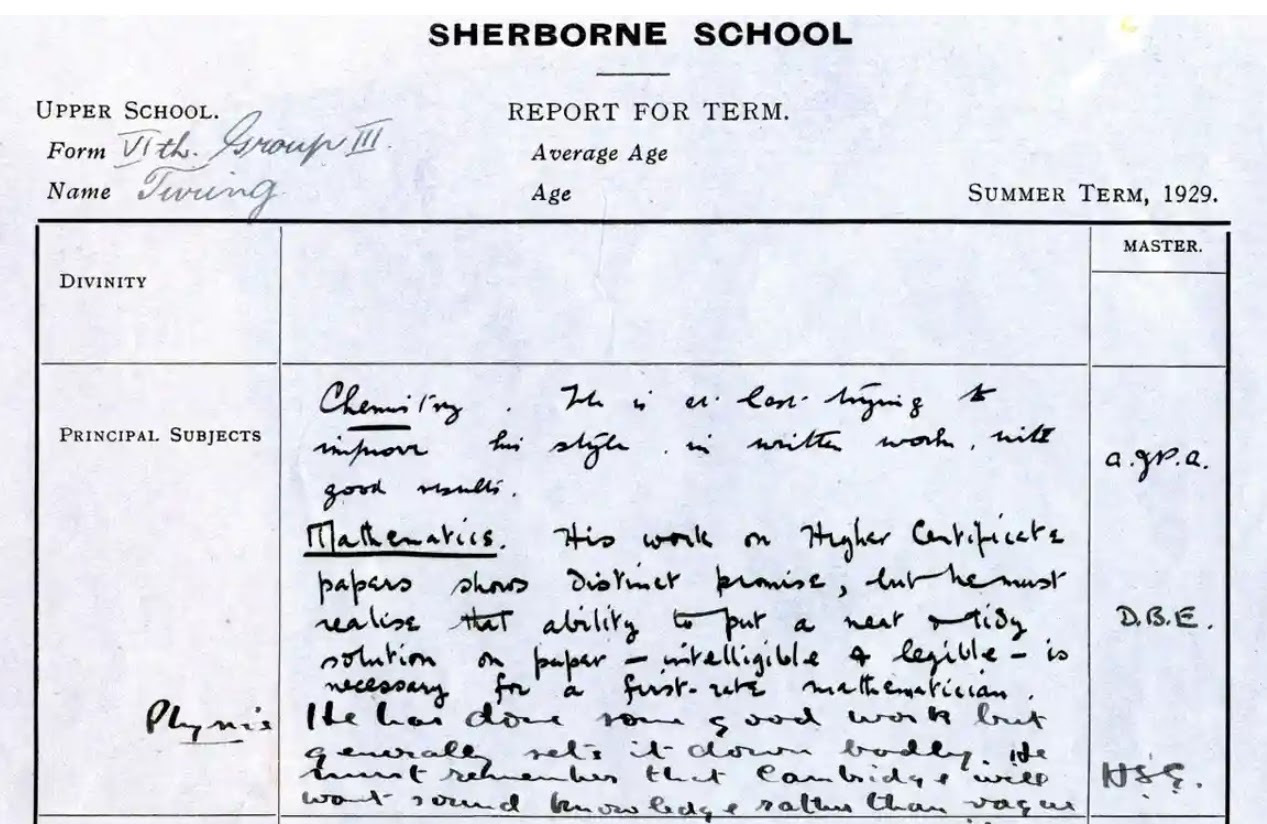
4. Some teachers felt his essays were 'grandiose'
Turing reportedly had an IQ of 185 but in many ways he was a typical teenager. Turing’s report card from Sherborne School in Dorset, England notes his weakness in English and French studies. While his mathematics ‘shows distinct promise’ it was undermined by untidy work, and his essays were deemed grandiose and beyond his abilities. Turing studied at Cambridge and later Princeton in the 1930s. He returned to work as a WWII liaison between the American and British cryptanalyst community from 1942 to 1943 but it was a fraught relationship. Turing was supposed to share UK breakthroughs but British intelligence ordered him to reveal as little as possible to stop leaks.

5. Joan Clarke wasn't recruited through a crossword puzzle competition
In The Imitation Game, Turing (Benedict Cumberbatch) recruits code breakers including Joan Clarke (Keira Knightly) by asking them to solve a crossword puzzle. In fact, Britain’s Daily Telegraph organized the competition to help the British government identify possible codebreakers. Candidates didn’t know they were applying for a job. Joan Clarke was already working at Bletchley Park in 1942 and Turing had nothing to do with the crossword’s creation.

6. Turing's invention wasn't named after a person
There were a few other inaccuracies in the film. The Bombe machine used to decipher German codes was not named ‘Christopher’, after Turing’s deceased childhood friend. The first operating version of the Bombe - developed from a Polish device called the ‘Bomba’ - was actually called ‘Victory’ and Turing didn’t create the Bombe alone. Gordon Welchman, a Cambridge-educated mathematician, who later taught at the legendary MIT (Massachusetts Institute of Technology), made a significant contribution.
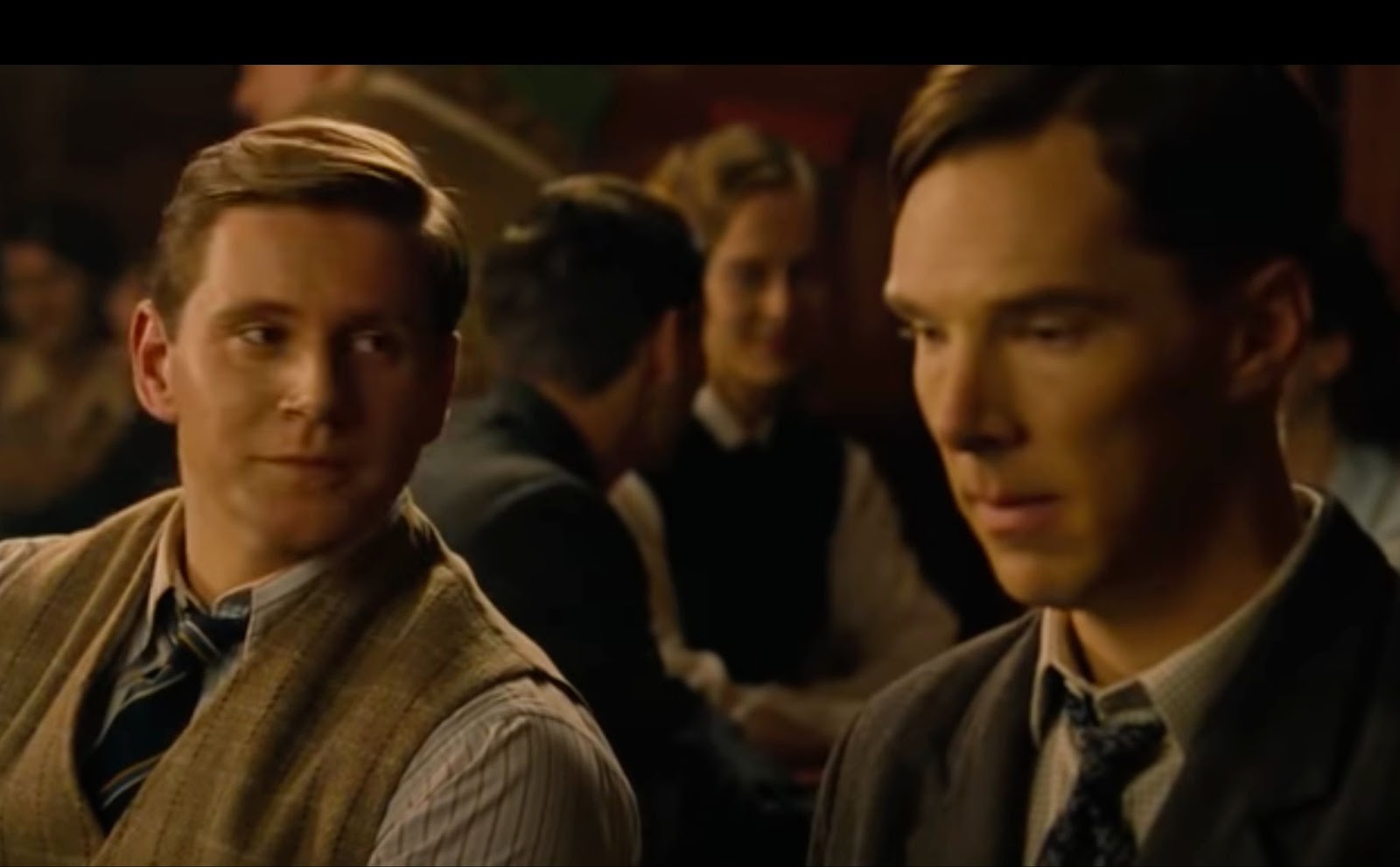
7. It is unlikely that Cairncross and Turing met
Turing likely never met Moscow’s spy John Cairncross, the fifth member of the Cambridge Five, although they are shown working together in The Imitation Game. The men were assigned to separate units and security was tight. Turing’s biographer Andrew Hodges called the idea of a working relationship ‘ludicrous’. In his autobiography, The Enigma Spy, Cairncross writes: “The rigid separation of the different units made contact with other staff members almost impossible, so I never got to know anyone apart from my direct operational colleagues.”
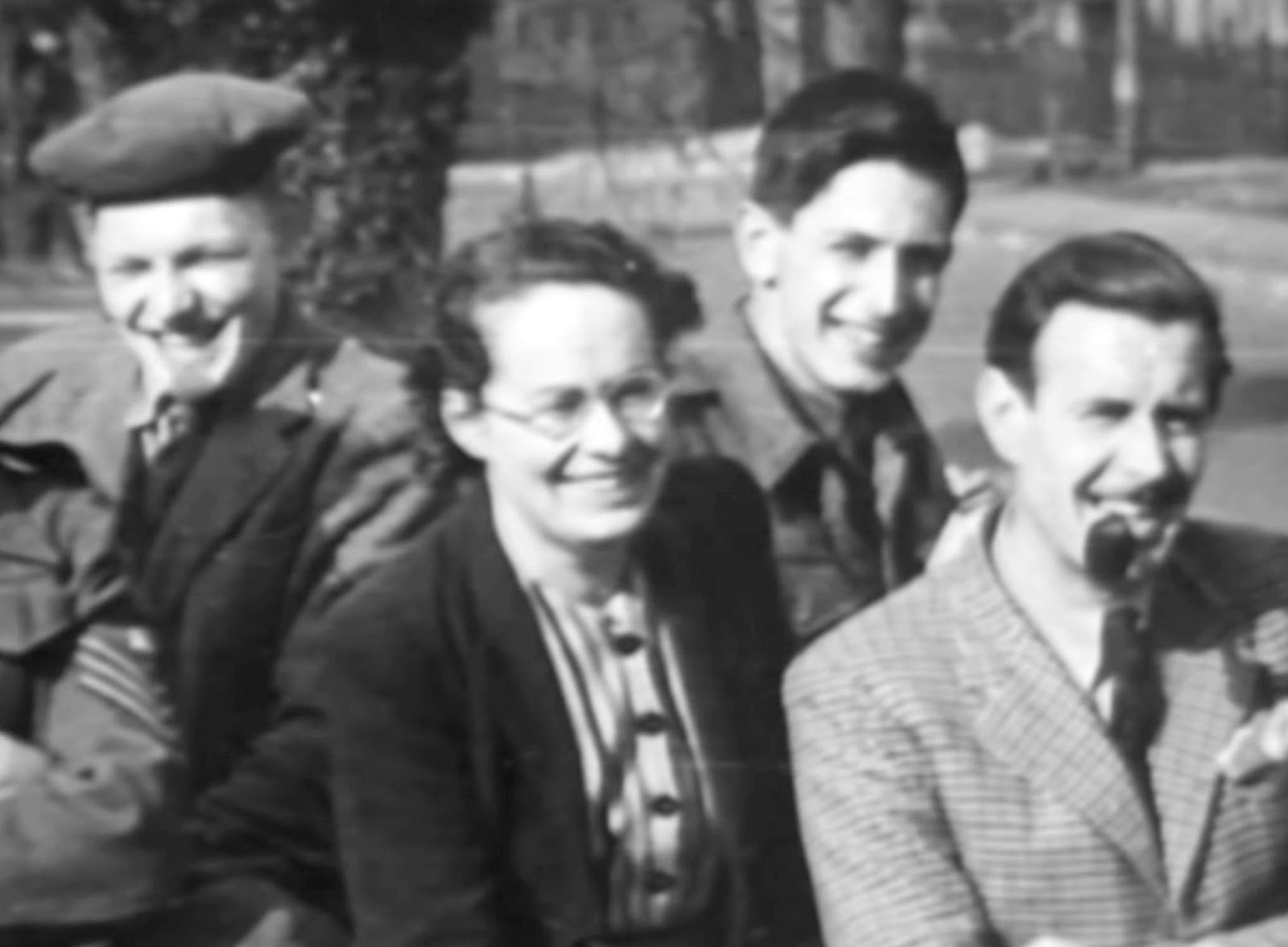
Turing did ask British codebreaker Joan Clarke to marry him during World War II, however. “We did do things together, went to the cinema and so on," Clarke later recalled. "But it was a surprise to me when he said … ‘Would you consider marrying me?’” She didn’t hesitate in saying yes. The next day, they went for a walk and Alan explained he had homosexual tendencies. Their bond was strong, however, and the couple carried on for a while before breaking up.

The British government didn’t know during WWII that Turning was a homosexual. Had the security services known, Turing would have likely been fired and Britain could have lost the war, according to Dr. Shaun Wylie, a Bletchley Park cryptanalyst who became GCHQ's chief mathematician.
A ban on gay men and women serving in MI5 and MI6 was in force up to 1991. So, although Turing was a WWII hero for his code-breaking work, he was convicted of gross indecency in 1952 for his relationship with a man and stripped of his security clearance.
In 2021, Britain’s MI6’s chief apologized for the service’s past treatment of the LGBT community.
SPYSCAPE+

Join now to get True Spies episodes early and ad-free every week, plus subscriber-only Debriefs and Q&As to bring you closer to your favorite spies and stories from the show. You’ll also get our exclusive series The Razumov Files and The Great James Bond Car Robbery!


Gadgets & Gifts
Explore a world of secrets together. Navigate through interactive exhibits and missions to discover your spy roles.
Your Spy Skills
We all have valuable spy skills - your mission is to discover yours. See if you have what it takes to be a secret agent, with our authentic spy skills evaluation* developed by a former Head of Training at British Intelligence. It's FREE so share & compare with friends now!
* Find more information about the scientific methods behind the evaluation here.


Stay Connected
Follow us for the latest
TIKTOK
INSTAGRAM
X
FACEBOOK
YOUTUBE